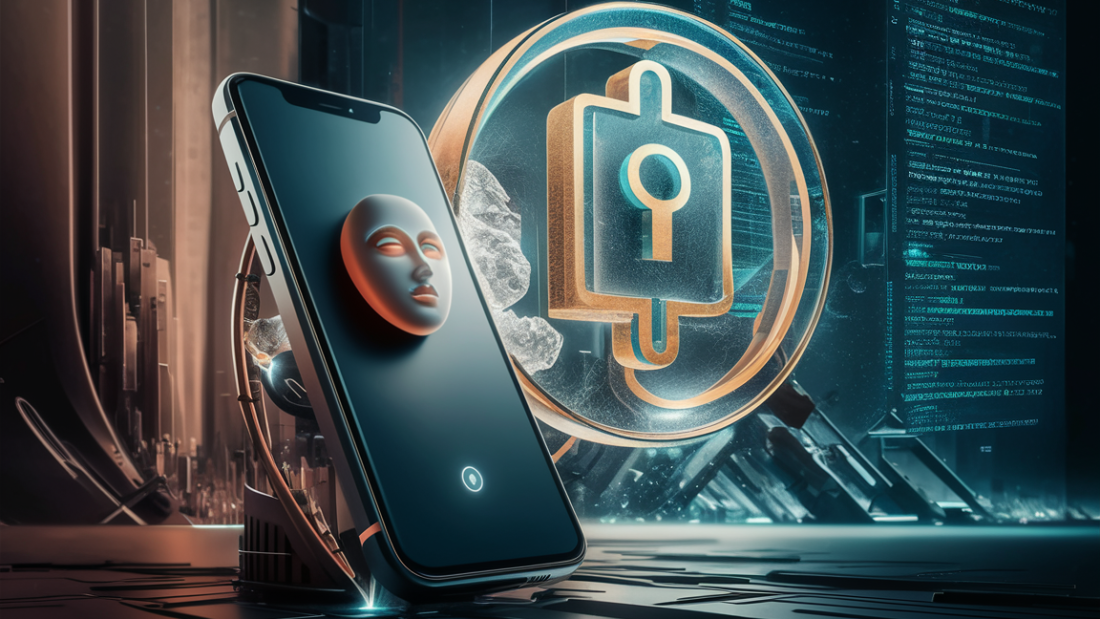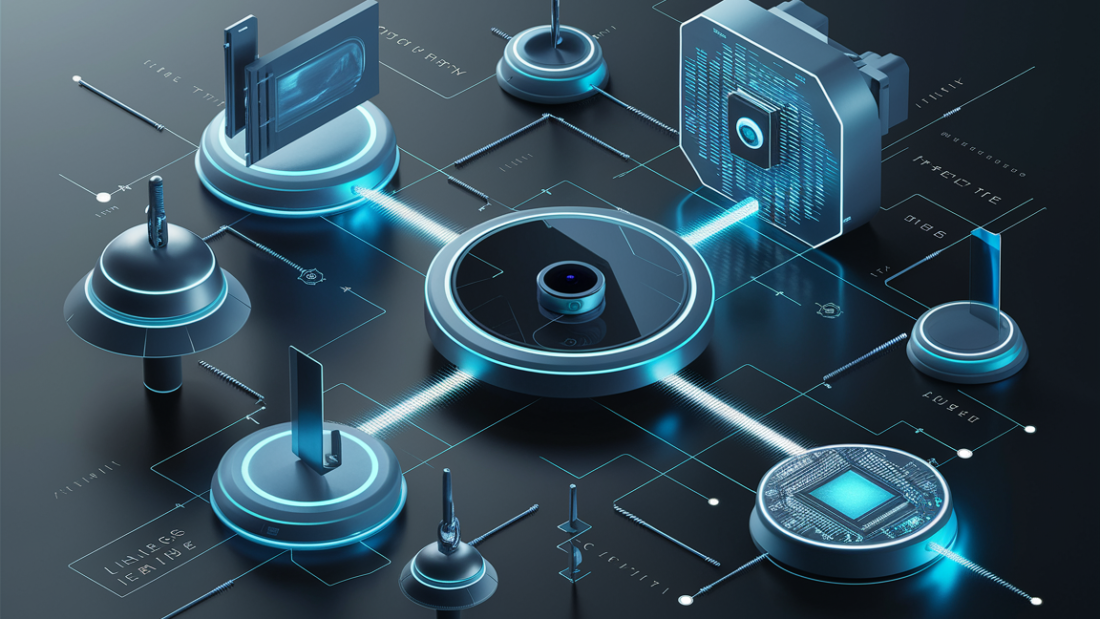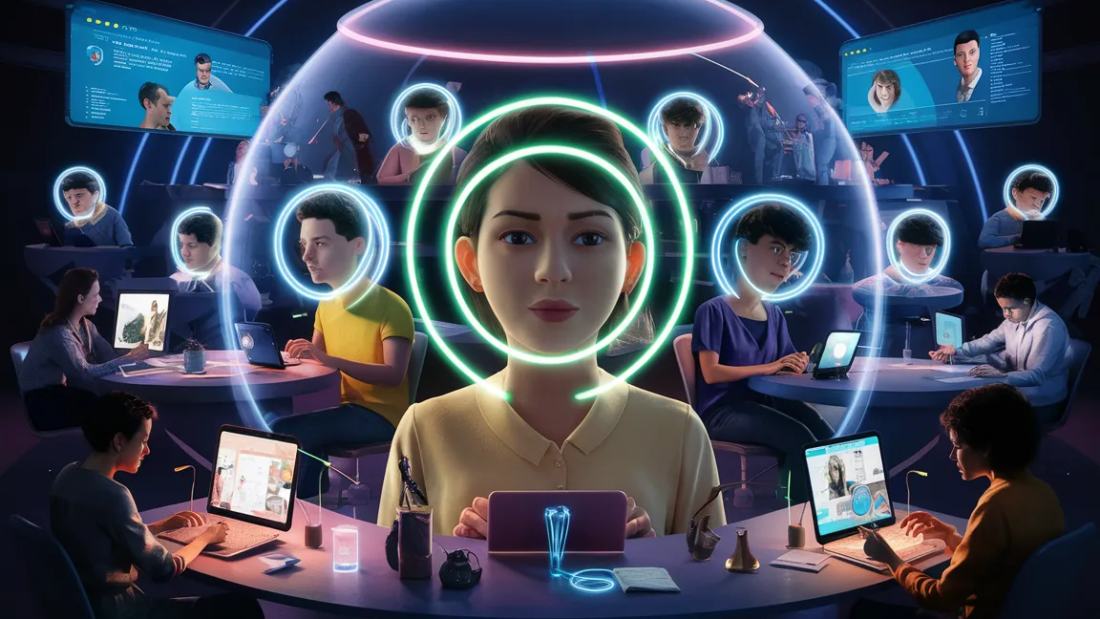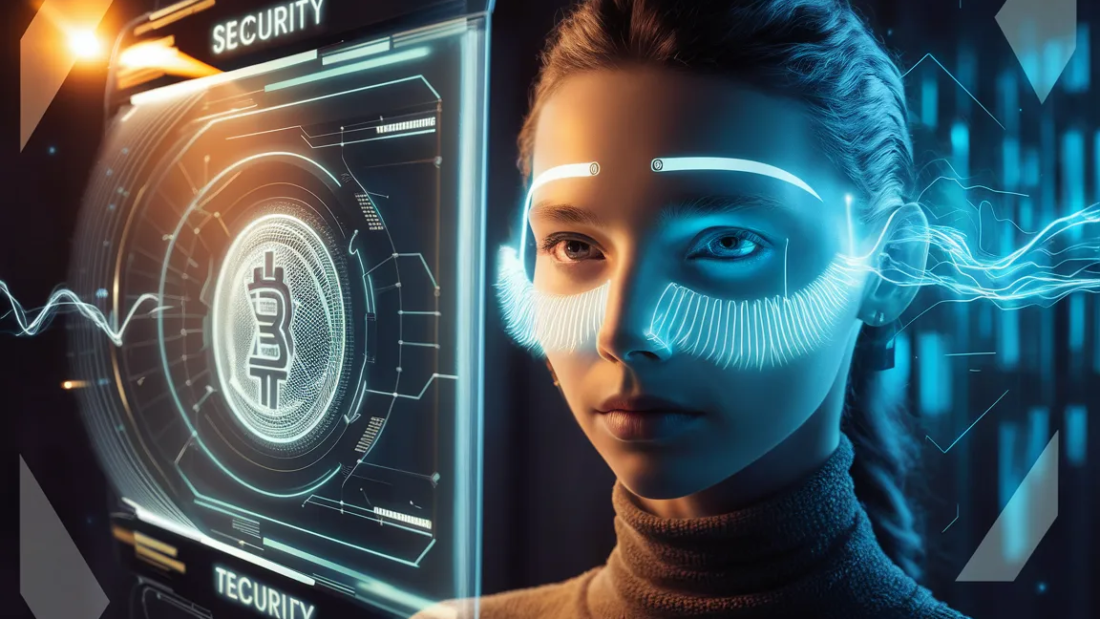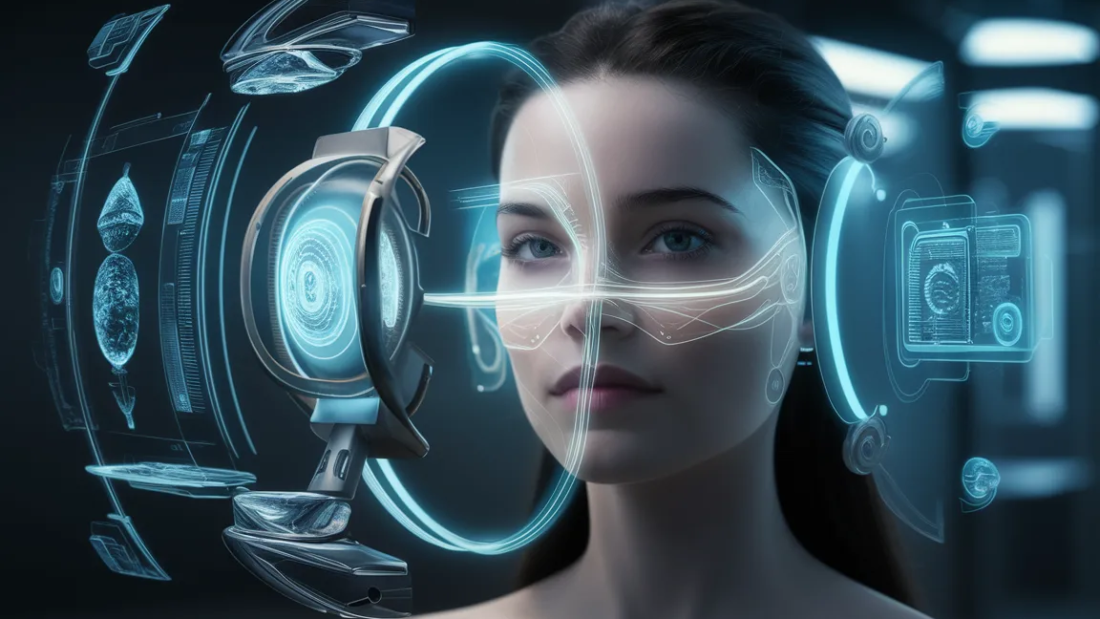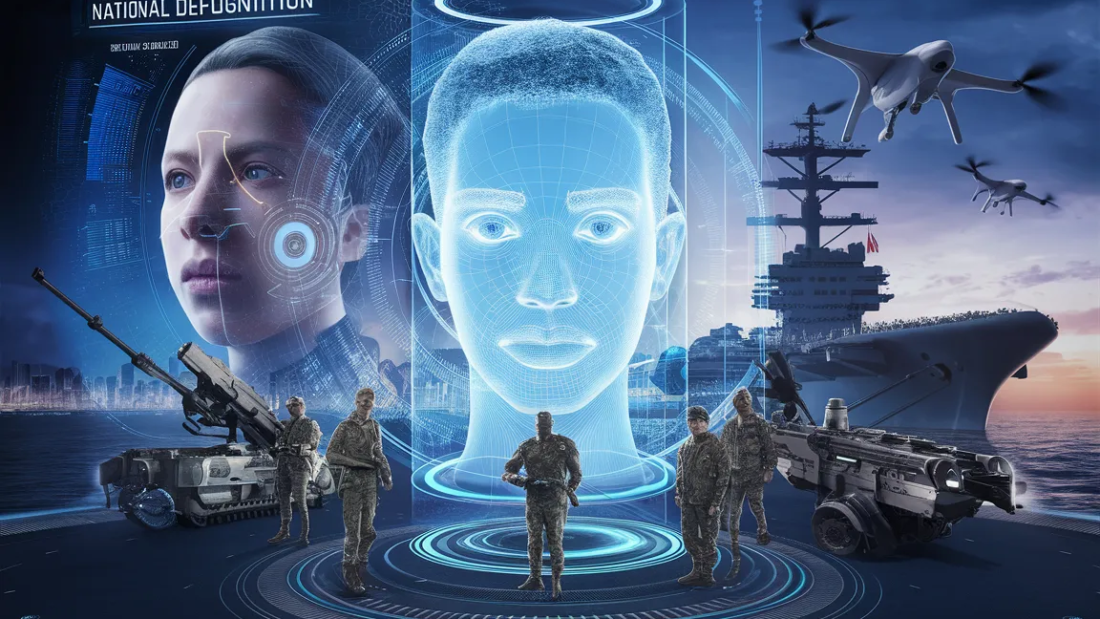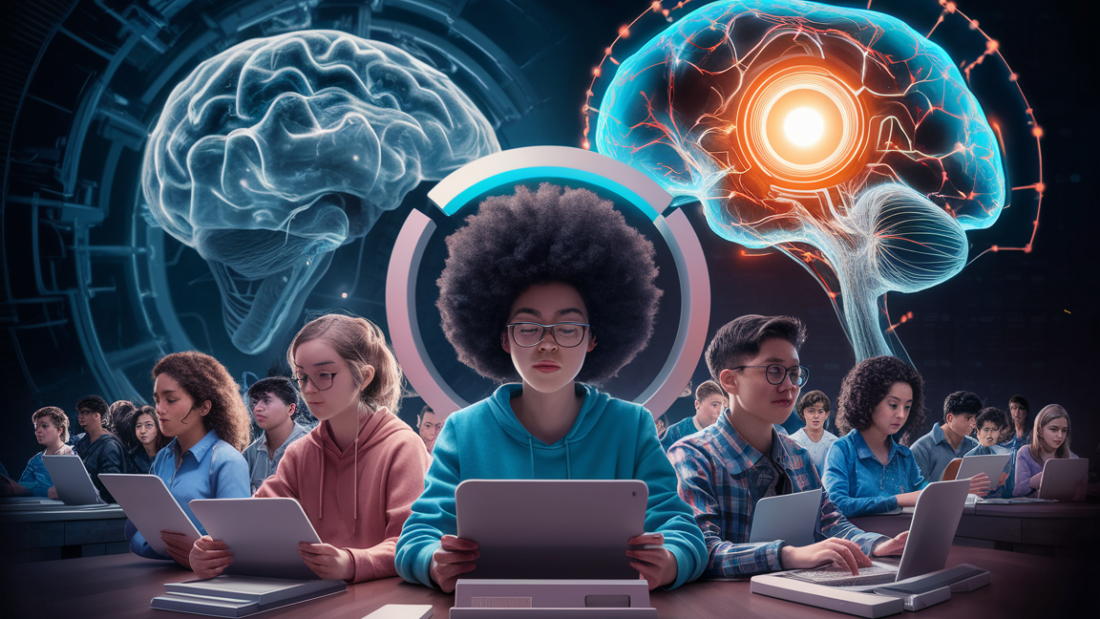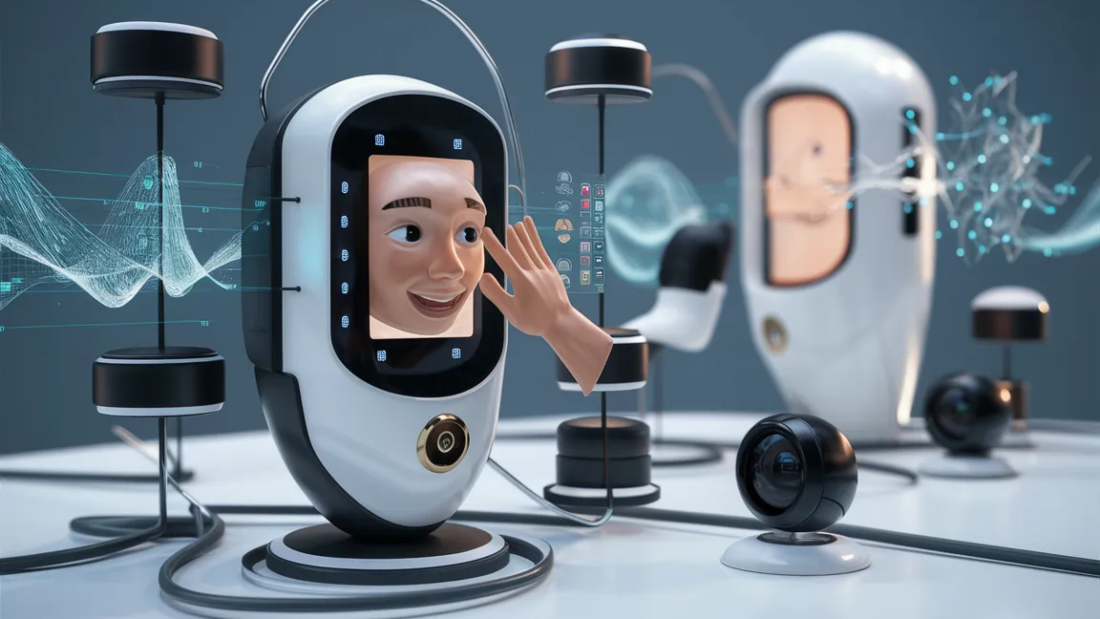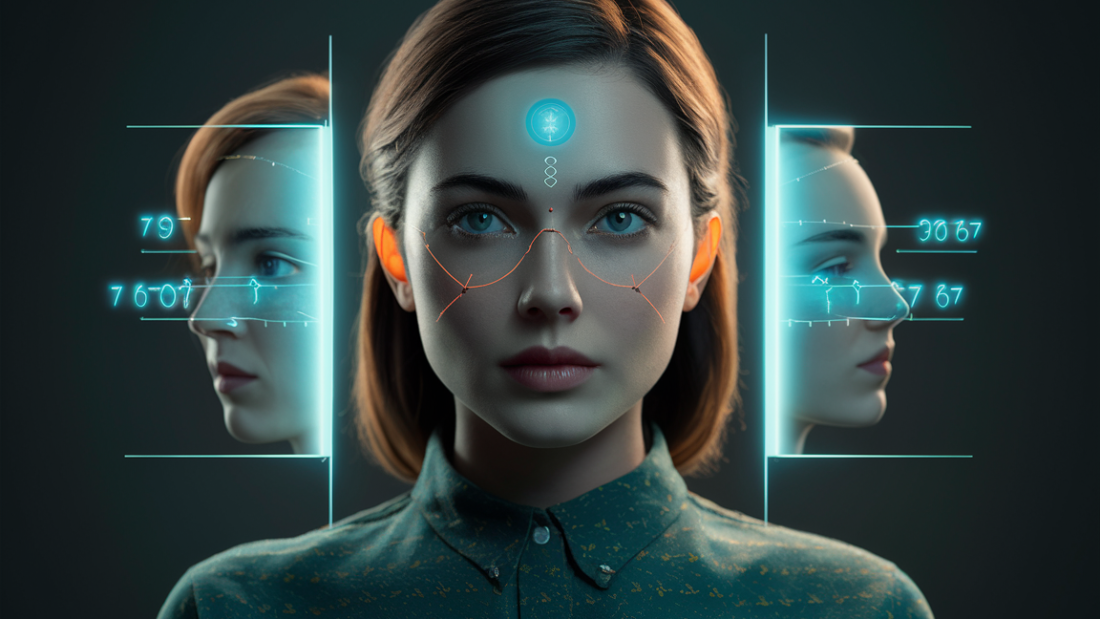Are you concerned about safeguarding your data and privacy? Face liveness detection is the cutting-edge solution you need. By verifying that a real person is present during authentication, this technology ensures foolproof security against spoofing attacks. With face liveness detection, your sensitive information remains protected from unauthorized access. Stay one step ahead of cyber threats, update your service, and keep your digital assets secure with this innovative tool.
Key Takeaways
Implementing face liveness detection in smart contracts enhances authentication security by verifying the user’s presence and preventing fraudulent activities.
Integrate liveness detection technology with smart contracts to create a robust authentication system that boosts security measures against potential fraudsters.
By elevating user trust through advanced biometric security measures like face liveness detection, compliance with regulatory requirements can be strengthened.
Overcome integration hurdles by carefully selecting reliable liveness detection solutions that seamlessly work with smart contracts, ensuring a smooth implementation process.
Future trends in biometric security indicate a continued emphasis on enhancing authentication methods, making face liveness detection a valuable tool for securing digital transactions.
Stay ahead of the curve by exploring and adopting innovative biometric security solutions, such as face liveness detection, to safeguard sensitive data and ensure secure user interactions.
Understanding Smart Contracts
Self-Executing Contracts
Smart contracts are self-executing contracts where the terms of the agreement are directly coded. They automatically enforce and facilitate the negotiation or performance of a contract through lines of code.
Smart contracts operate on blockchain technology, which is a decentralized and distributed ledger. This technology ensures secure and transparent transactions by recording every transaction in blocks that are linked together in a chain.
Automation and Intermediary Reduction
One significant role of smart contracts is their ability to automate processes. By executing predefined conditions when certain criteria are met, they streamline various operations without requiring manual intervention.
Pros:
Increased efficiency through automation.
Enhanced security due to encryption and decentralization.
Cons:
Vulnerability to bugs in the code.
Lack of flexibility if changes are needed post-deployment.
Smart contracts reduce the need for intermediaries like lawyers or brokers since they automatically execute actions based on predefined rules. This feature not only saves time but also reduces costs associated with traditional contract enforcement.
Code-Based Transactions
In smart contracts, once the conditions defined in the code are met, the contract executes itself without requiring human intervention. This method ensures that transactions are conducted precisely as agreed upon without any possibility for manipulation.
The Role of Liveness Detection in Authentication
Enhancing Security
Liveness detection significantly boosts security by confirming the presence of a live individual during the authentication process. This ensures that only actual persons can access sensitive information or perform transactions.
Utilizing face liveness technology, systems can verify the authenticity of users in real-time, minimizing the risk of fraud and identity theft. By requiring a live person for verification, liveness detection acts as a robust barrier against unauthorized access attempts.
Preventing Spoofing Attacks
By incorporating liveness detection into authentication procedures, organizations can effectively prevent spoofing attacks where malicious actors use fake identities or biometric data to gain entry. This proactive measure adds an extra layer of security to safeguard valuable assets and personal information.
Pros:
Heightened security measures
Decreased likelihood of fraudulent activities
Cons:
Potential challenges with accuracy in certain conditions
Complementing Traditional Methods
In conjunction with traditional authentication methods like passwords or PINs, liveness detection forms a formidable defense mechanism against cyber threats. This combination ensures a multi-factor authentication approach, making it harder for cybercriminals to breach systems.
Integrating detection technologies with existing security protocols creates a comprehensive framework that addresses evolving cybersecurity risks. The synergy between face liveness and other authentication tools fortifies defenses and reduces vulnerabilities within digital ecosystems.
Integrating Liveness Detection with Smart Contracts
Enhanced Security
Integrating face liveness detection with smart contracts brings enhanced security to digital transactions. By requiring users to prove their identity through real-time facial recognition, the chances of fraudulent activities are significantly reduced.
Smart contracts, being self-executing contracts with the terms directly written into code, can benefit immensely from liveness detection. This integration ensures that only authorized individuals can engage in transactions, adding an extra layer of security.
Streamlined Authentication
The combination of liveness detection and smart contracts streamlines authentication processes by automating identity verification. Users simply need to perform a quick facial scan for verification, eliminating the need for cumbersome manual processes like entering passwords or answering security questions.
With this streamlined authentication process, digital transactions become more efficient and user-friendly. Users can complete transactions swiftly and securely without the hassle of traditional authentication methods.
Strengthened Transaction Integrity
Liveness detection has the potential to strengthen the integrity of smart contract-based transactions by ensuring that parties involved are who they claim to be. This prevents unauthorized access and mitigates risks associated with identity theft or impersonation.
Boosting Security Against Fraud
Importance
Face liveness detection plays a crucial role in boosting security against fraud, especially in today’s digital world where spoof attacks and identity theft are prevalent. By incorporating liveness detection, organizations can effectively combat fraudulent activities and protect sensitive information.
Verification Process
Through the utilization of techniques like data augmentation and active checks, liveness detection ensures that users are authentic by validating the presence of real individuals rather than fake faces or manipulated images. This process acts as a robust barrier against unauthorized access attempts.
Enhanced Security Measures
The implementation of face liveness detection not only verifies the physical presence of an individual but also adds an extra layer of security to existing authentication processes. By requiring users to actively participate in the verification process, organizations can significantly reduce the risks associated with impersonation and unauthorized access attempts.
Impact on Fraud Reduction
By incorporating face liveness detection into their security protocols, businesses can effectively mitigate the risks posed by fraudulent activities such as identity theft and impersonation. This technology enables organizations to accurately verify the identity of users, thereby reducing the likelihood of successful fraud attempts.
Real-World Application
In the real world, financial institutions have successfully leveraged face liveness detection to enhance their security measures and protect customer accounts from unauthorized access. By implementing stringent verification processes that include part-to-part matching and liveness checks, these institutions have significantly reduced instances of fraud and unauthorized transactions.
Elevating User Trust and Compliance
Secure Authentication
Face liveness detection significantly contributes to elevating user trust by ensuring secure and reliable authentication processes. By verifying the accuracy of a user’s identity through real-time facial recognition, organizations can effectively prevent unauthorized access and fraudulent activities. This advanced technology not only enhances security measures but also instills confidence in users regarding the protection of their personal information.
Regulatory Compliance
Ensuring compliance with regulatory requirements and data protection laws is paramount in today’s digital landscape. Username verification alone may not suffice to meet these standards. However, incorporating reference images for face liveness detection adds an extra layer of security, aligning with stringent regulations such as GDPR and HIPAA. Organizations can demonstrate their commitment to data privacy by implementing robust liveness detection solutions that adhere to industry-specific guidelines.
Enhanced User Experience
Implementing face liveness detection goes beyond security measures; it also plays a crucial role in enhancing user experience and satisfaction. By streamlining the authentication process through seamless facial recognition, organizations can offer a convenient and user-friendly interface for their customers. This not only reduces friction during login procedures but also improves overall customer satisfaction levels.
Overcoming Integration Hurdles
Common Challenges
Developers often face challenges when integrating face liveness detection into existing authentication systems. One common hurdle is ensuring seamless services integration without disrupting the user experience. Another challenge involves adapting deep learning algorithms to detect and prevent presentation attacks effectively.
Strategies for Seamless Integration
To overcome these challenges, developers can follow a systematic approach. Firstly, they should carefully analyze the existing system’s architecture and identify potential points of service integration. Next, developers need to update the system by incorporating parameters that support face liveness detection seamlessly.
Compatibility Testing and System Adjustments
Conducting thorough compatibility testing is crucial to ensure the successful integration of face liveness detection. Developers must test the system across various scenarios to validate its performance in detecting example presentation attacks. Making necessary information adjustments in the system settings can enhance the accuracy of liveness detection.
Importance of System Adjustments
Making specific adjustments to the existing authentication system is essential for effective integration with face liveness detection. By updating the system’s parameters, developers can improve the accuracy and reliability of liveness detection mechanisms. This ensures that users’ identities are verified securely without any compromise on security.
Ensuring Smooth Implementation
Smooth implementation of face liveness detection requires careful planning and execution. Developers should build a robust testing environment to evaluate the effectiveness of the integrated solution thoroughly. By following best practices and guidelines, developers can streamline the integration process and enhance overall system security.
Exploring Future Trends in Biometric Security
Facial Recognition Advancements
Facial recognition technology is evolving rapidly, with enhanced accuracy and speed in face liveness detection. Innovations in computer vision and artificial intelligence have significantly improved the reliability of biometric authentication systems.
The latest developments focus on analyzing facial features such as skin tones, textures, and even micro-expressions to verify a person’s identity. This detailed analysis ensures higher levels of security by detecting spoofing attempts using photos or videos.
Beyond Authentication Methods
Biometric security is no longer limited to traditional authentication methods like passwords or PINs. The integration of face detection technology offers seamless user experiences across various industries, from banking to healthcare.
By leveraging biometric authentication, organizations can enhance security measures while simplifying access for users. This shift towards biometric security not only improves convenience but also mitigates the risks associated with password-based systems.
Integration with Innovative Technologies
The future of biometric security lies in its integration with cutting-edge technologies such as artificial intelligence (AI) and the Internet of Things (IoT). These integrations enable dynamic responses to security threats in real-time, ensuring proactive protection against unauthorized access.
AI algorithms play a crucial role in enhancing the accuracy of face liveness detection by continuously learning and adapting to new patterns. Moreover, IoT devices equipped with biometric sensors can create a secure ecosystem that automates authentication processes based on individual preferences.
Potential Applications
The applications of biometric security extend beyond identity verification; they include personalized user experiences, targeted marketing strategies, and even predictive analytics. By analyzing data derived from facial recognition systems, businesses can tailor their services to meet specific customer needs effectively.
Moreover, the integration of biometric security with IoT devices opens up possibilities for smart homes and connected workplaces. Imagine a scenario where your home recognizes you upon entry, adjusting lighting and temperature settings based on your preferences automatically.
Closing Thoughts
Incorporating face liveness detection into smart contracts can revolutionize authentication processes, enhancing security, trust, and compliance. By leveraging biometric technology, you can fortify your systems against fraud while providing a seamless user experience. Embracing these advancements is crucial for staying ahead in safeguarding sensitive transactions and data.
As you navigate the evolving landscape of biometric security, consider the profound impact that integrating liveness detection with smart contracts can have on your digital interactions. Stay informed about emerging trends and technologies to ensure that your systems remain robust and resilient. Take proactive steps to implement these innovative solutions and elevate the security standards of your operations.
Frequently Asked Questions
What is the significance of face liveness detection in authentication?
Face liveness detection plays a crucial role in authentication by ensuring that the user is physically present during the verification process, thus enhancing security against unauthorized access attempts.
How does integrating liveness detection with smart contracts enhance security?
Integrating liveness detection with smart contracts adds an extra layer of security to transactions by verifying the user’s identity through biometric data, reducing the risk of fraud and ensuring secure execution of smart contract protocols.
How does face liveness detection boost security measures against fraud?
Face liveness detection boosts security measures against fraud by actively verifying that the individual interacting with the system is a live person, not a static image or video, thereby preventing spoofing attacks and unauthorized access attempts.
In what ways does liveness detection elevate user trust and compliance?
Liveness detection elevates user trust and compliance by providing a more robust and secure authentication method that ensures only authorized individuals can access sensitive information or perform transactions, thereby enhancing overall user confidence in the system.
What are some common integration hurdles when implementing face liveness detection technology?
Common integration hurdles when implementing face liveness detection technology include compatibility issues with existing systems, ensuring seamless user experience during verification processes, addressing privacy concerns related to biometric data storage, and overcoming technical challenges associated with real-time processing.
